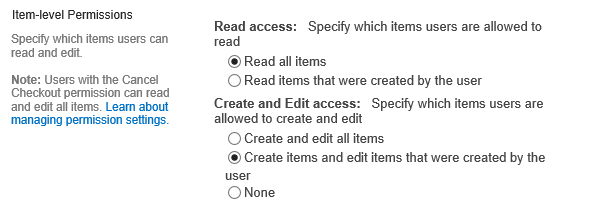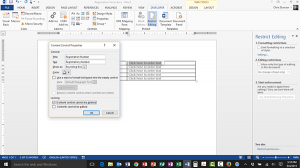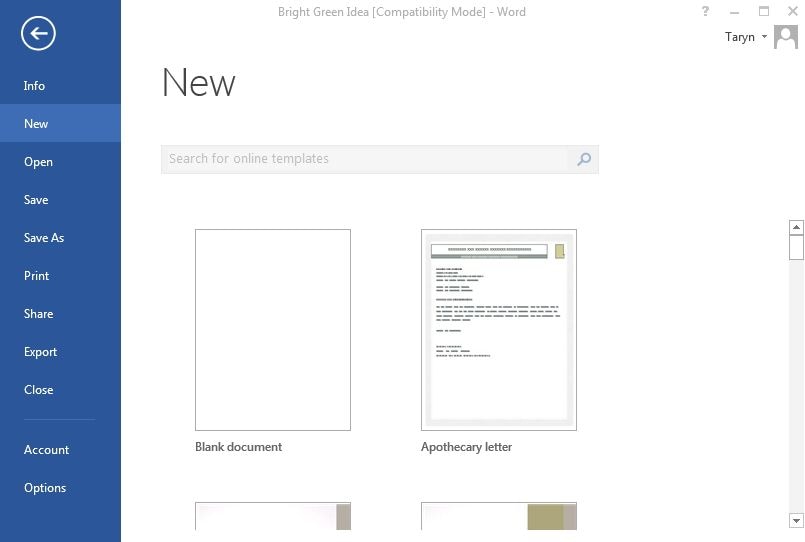

(Remember, as much as you’d like to think otherwise, nobody wants to fill out a form - whether on a small screen or on a large one.) The result will be a form-submission error, which will mean even more time spent addressing it. And even if they don’t leave it blank, having to pause to decide whether a field needs to be completed slows down the interaction and makes the process seem longer and more tedious. They will say – “Well, phone number – they don’t really need my phone number, do they? Maybe I’ll leave this blank”. Most users, however, will not bother to look around - they will simply make assumptions. But that takes time and interaction cost - and, again, why would you make it harder for your users to fill in the form? So, what happens when user fill out the form? How do they know whether a field is required? Well, the more-diligent users will look around trying to figure it out - they will scan the form and find a field that is marked optional (sometimes scrolling the page, like in the American Express example above, where the first optional field appears below the mobile fold) if they do find one, they will assume that anything not marked is required. We’ve seen that, whether you include instructions at the top of the form or not, the result is likely to be the same - people will ignore or forget them. People have to scan the form to determine if the field is required.Filling form itself is quite challenging for your users - why would you want to make it even more so? In other words, you’re making it harder for them to do their task. And even if people don’t forget the instruction, you’re increasing their cognitive load by having them commit it to their working memory. You may think: if users read the instruction of the top, how could they forget it - it’s such a simple thing? Well, they do forget - especially if the form is long or if they get interrupted while filling it out (a situation that is common on mobile). Even if people read instructions, they may forget them.

Form fields seem self-sufficient - after all, each field has a specific instruction - its label, why would you need to read anything else to fill it in? It’s well known that users don’t read instructions, and they are particularly less likely to read instructions at the top of a form. People don’t read instructions at the top of forms.What’s wrong with these approaches? There are a few problems: In both forms, only optional fields were marked: in the case of Citibank with the somewhat unclear abbreviation opt. (In some rare situations, they don’t do anything: they simply assume users will magically know what fields are required if they don’t, then they will just have to deal with the resulting error.) Citicards’ credit-card application (left) included small-font italic instructions All fields are required unless specified optional at the top of its form American Express’s form (right) had no instructions at all.


So, they usually adopt one or both of the following strategies: Often designers feel that the having a marker for every single required field is repetitive, ugly, takes too much space, and, with longer forms, may even seem oppressive (the form requires so much from the user!). The Temptation to Not Mark the Required Fields And I’ll spend the rest of the article explaining why. A common question in many of our UX Conference classes is: should you mark the required fields in a form? If most fields in the form are required, should we still mark them? (That’s a lot of marks, after all.) The short answer is yes.


 0 kommentar(er)
0 kommentar(er)
